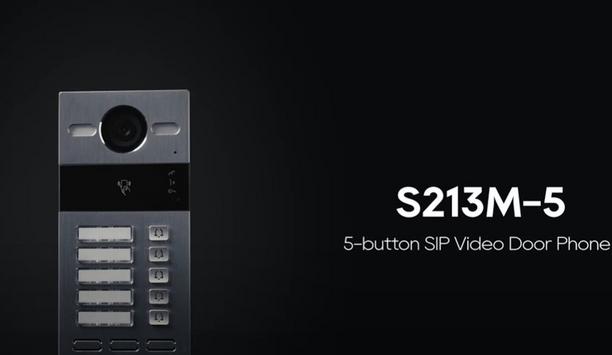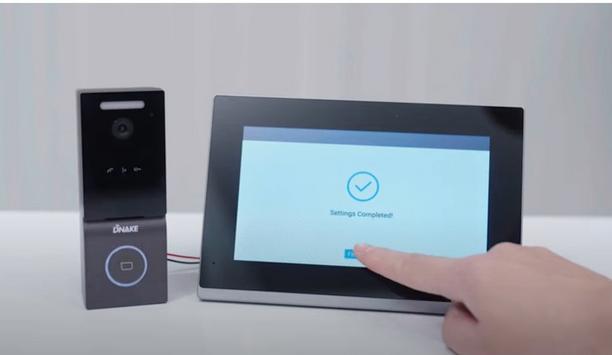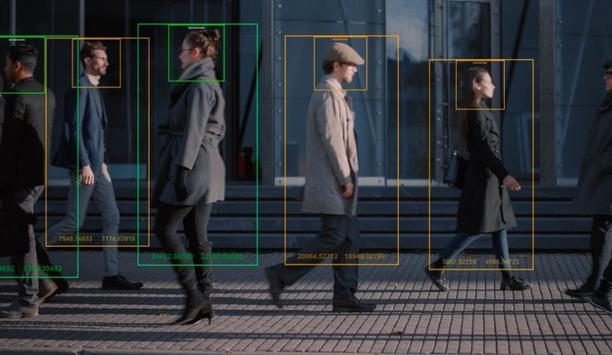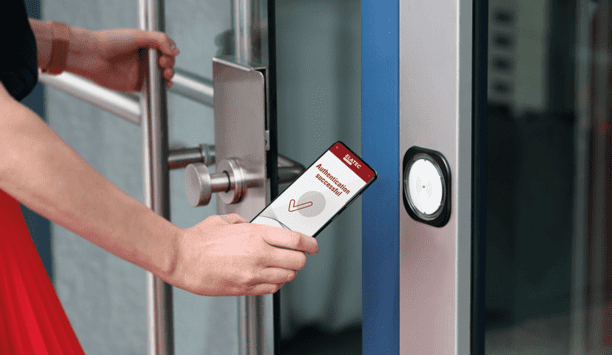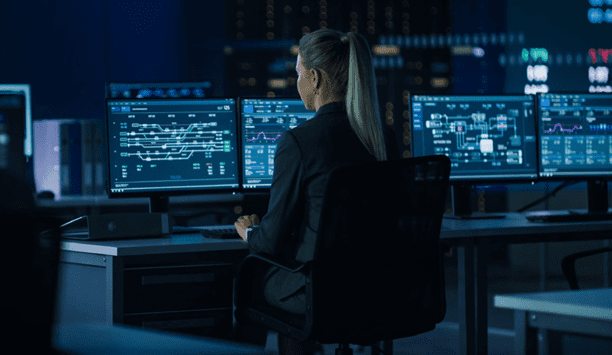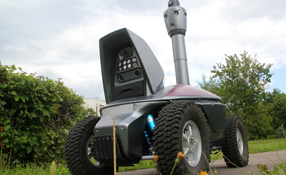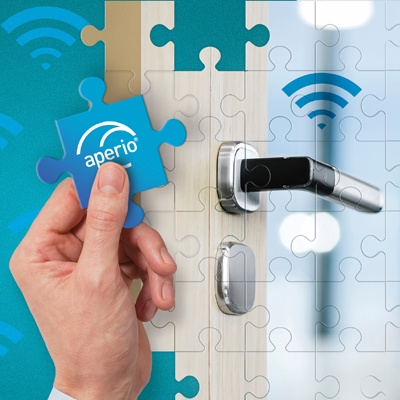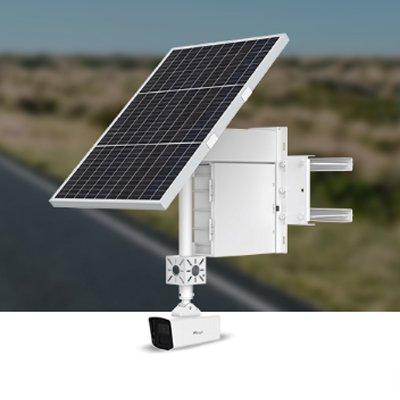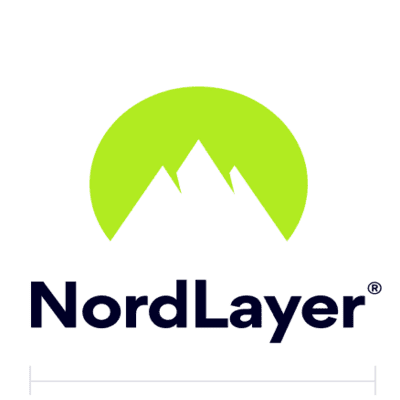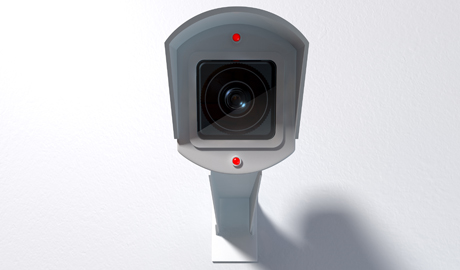 |
| Lighting, or the absence of it, is one issue that significantly affects a camera’s video quality |
Video surveillance has rapidly advanced over the last two decades. Today, integrators can purchase IP cameras offering complete network control, megapixel cameras with HD imaging, and PTZ cameras with remote directional control. Although these features are impressive, they don't solve all the challenges that surveillance solutions face.
Importance Of Lighting For Camera Performance
Lighting, or the absence of it, is one issue that significantly affects a camera’s video quality. Many think street lamps emit a sufficient amount light for surveillance. The truth is they don’t provide enough illumination nor are they strategically placed to optimize object capture and video monitoring.
To respond to the need for better lighting, video manufacturers have introduced cameras with built-in lights, which have worked to a limited degree. Today, the best lighting solution for a surveillance system is an independent illuminator. Let’s look at why.
Built-In Illuminator Challenges
Integrated cameras, or cameras with built-in infrared (IR) illuminators, are convenient. These surveillance and lighting all-in-one solutions offer the ultimate ease of use. Common types of infrared security cameras are day/night or black and white cameras. They often have several IR light-emitting diode (LED) lights surrounding the lens. These integrated night vision cameras are effective for short distance applications, as they typically capture objects within 100 feet.
Although infrared cameras are |
Although infrared cameras are useful for close range monitoring, there are significant challenges that occur when deploying these systems. Integrated cameras often create hotspots. A hotspot develops when the camera lens angle is wider than the LED field of view. For example, you may have a camera whose angle is 90 degrees, but your angle of illumination is only 30 degrees. The effect is similar to when a person shines a flashlight on someone and takes a picture. The person or object is washed out.
When LEDs are inside a camera and next to other electronic components, heat can build up. The heat then attracts insects, which can trigger motion detection and set off false alarms. Other times, spiders are attracted to the light and will spin webs around the camera lens, obstructing the camera’s view.
Moreover, the heat buildup actually erodes the LED light, shortening its lifespan. Once the lights burn out, there is no easy way to replace it. Often, the end user has to replace the entire camera. However, the better option is to install a separate light source.
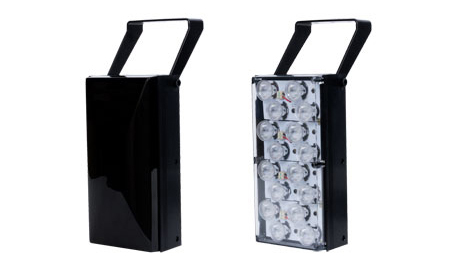 |
| Independent illuminators are the premier option today based on their coverage and flexibility |
Eliminating Hotspots
Independent illuminators are the premier option today based on their coverage and flexibility. Whereas the built-in, fixed infrared lights have narrow angles that only produce partial coverage, separate illuminators are available in a variety of angles that can achieve total coverage. For example, when working with a panoramic or PTZ camera, an integrator can install a triple mounting bracket that holds three, 120-degree illuminators that can be angled in different directions. The result is 360 degrees of light. In the same way, an integrator can pair a dome camera with a 10-degree illuminator to target a specific area of interest such as a gate or doorway.
By deploying a light whose angle of illumination directly corresponds with the camera lens angle, hotspots are eliminated. End users can enjoy consistent lighting and a clear picture. Typically, you can purchase lights that yield 10, 30, 60, 100 and 120 degrees of coverage.
Preserving LED Life
For independent illuminators, heat accumulation is not a concern. In infrared cameras, all of the heat is centralized in one area – the camera lens. Separate light sources are designed differently. The lights are usually arranged in rows, which allow the heat to dissipate in all directions. This not only deters insects, but also preserves the life of the LED.
Increasing Distances
In an era where cameras are |
Another advantage of stand-alone illuminators is that they capture light at longer distances. On a street corner where an infrared integrated camera provided 10 degrees of coverage, it could capture objects up to 100 feet. On the other hand, an independent infrared light emitting 10 degrees illumination can cover over 900 feet. This is more than 9x the average of an integrated camera.
Lastly, deploying a separate light source frees up bandwidth on the camera. In an era where cameras are capturing more data than ever before, it’s important to maximize your camera’s storage space. Independent illuminators help you do that.
Spreading Awareness
It’s clear that independent light sources provide more powerful, adjustable illumination. However, if there’s not a general understanding of the critical need for lighting in security solutions, knowledge on various lighting products will be a moot point.
Generally speaking, many professionals in the security sector are in the dark when it comes to lighting. People forget that that without light, there is no video and that a camera will only pick up as much video as the light in its environment allows for.
So what can you do? You can spread awareness among your peers about the importance of proper illumination. Share training resources and educational webinars. Review case studies and testimonials. Empower your team and decide to invest in high-quality lighting.




